Disclosure: This article contains affiliate links. We may earn a commission from purchases at no extra cost to you, which helps our travel content.
There's something hauntingly beautiful about the juxtaposition of New Bedford's industrial harbor against its storied whaling past. As someone who typically finds himself documenting vast plains and horse cultures, this compact Massachusetts seaport offered me an unexpected but rewarding photographic challenge. The quality of light here—especially as it reflects off the harbor waters at dawn—creates a canvas that tells stories of America's maritime heritage in ways that words alone cannot capture.
The Historic District: Where Light Meets Legacy
New Bedford's historic district isn't just a collection of old buildings—it's a photographer's playground of textures, shadows, and stories. The National Historic Park encompasses roughly 13 blocks of remarkably preserved 19th-century architecture, with the cobblestone streets creating natural leading lines in your compositions.
The crown jewel for photographers is undoubtedly the Seamen's Bethel, made famous in Melville's Moby-Dick. Its simple white exterior belies the emotional power of its interior, where memorial plaques honor those lost at sea. For the best light, arrive just after sunrise when golden rays stream through the east-facing windows, illuminating the ship-like pulpit. My wide angle lens proved essential here, allowing me to capture both architectural details and the emotional weight of this space.
The New Bedford Whaling Museum nearby offers incredible indoor shooting opportunities, though be prepared to work with challenging lighting conditions. Their massive whale skeletons suspended from the ceiling create dramatic silhouettes when positioned against the large windows.
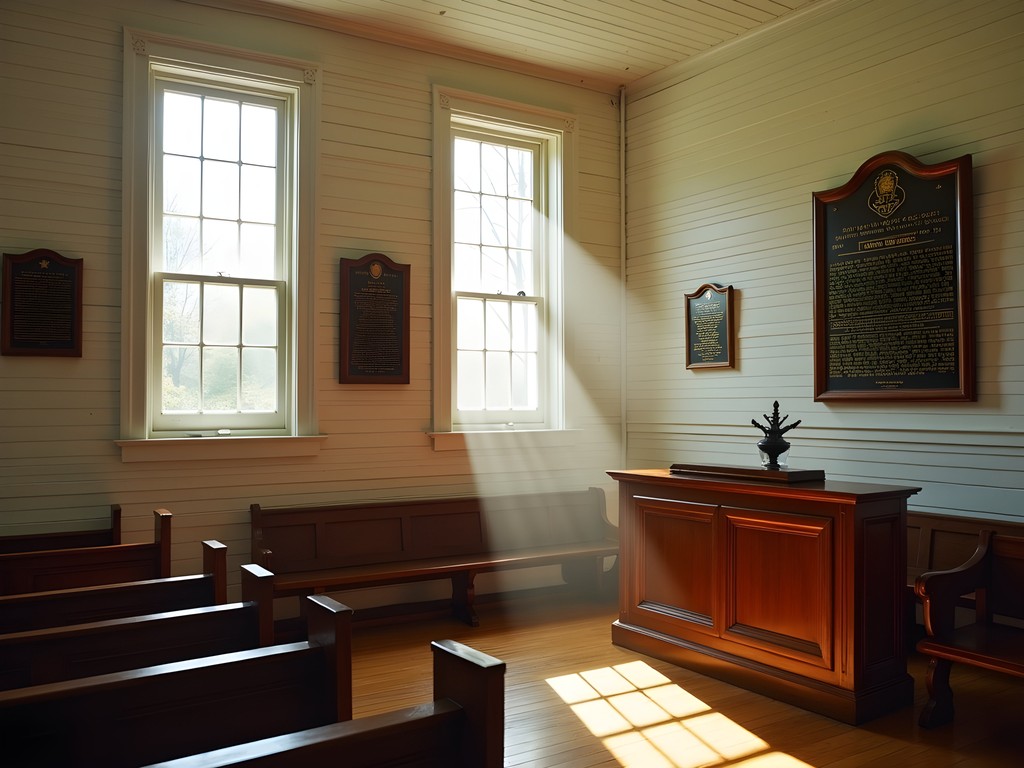
💡 Pro Tips
- Visit the historic district between 7-9am for the best light and fewest tourists
- Bring a polarizing filter to manage reflections when shooting the harbor from the historic district
- Look for the contrast between weathered whaling tools and polished brass fixtures in museum displays
Harbor Compositions: Working Waterfront Narratives
Unlike sanitized tourist harbors, New Bedford's working waterfront offers raw, authentic visual stories waiting to be captured. As someone who grew up appreciating the honest labor of rural America, I found similar themes here among the fishing crews preparing their vessels before dawn.
The commercial fishing fleet—the most valuable in the United States—creates a forest of masts and rigging that's particularly stunning when photographed during blue hour (that magical time just before sunrise or after sunset). Position yourself along the harbor walk near Fisherman's Wharf for compositions that include both vessels in the foreground and the iconic hurricane barrier in the distance.
My approach to photographing the people of New Bedford's waterfront mirrors how I document horse cultures across plains regions—with respect and genuine interest. Rather than taking candid shots from a distance, I've found that engaging with fishermen and dock workers, explaining my project, often results in more authentic portraits and sometimes access to areas normally off-limits to visitors.
For these environmental portraits, my trusty portrait lens rarely leaves my camera. The compression and beautiful bokeh it creates helps isolate subjects against the busy harbor background.

💡 Pro Tips
- Blue hour (30 minutes before sunrise) offers the most dramatic harbor lighting
- Include seagulls in your compositions for scale and movement
- Always ask permission before photographing workers on the docks
Architectural Details: Telling Stories Through Texture
New Bedford's wealth from the whaling era manifested in elaborate architectural details that reward the observant photographer. The city's grand homes along County Street—particularly the Rotch-Jones-Duff House—feature widow's walks, ornate doorways, and intricate moldings that create compelling close-up studies.
I approach these architectural details much as I would photograph the weathered hands of a Montana rancher or the intricate leather work on Argentine gaucho saddles—looking for the stories embedded in texture and craftsmanship. A macro lens allows you to isolate these small details that tell larger stories about wealth, craftsmanship, and maritime influence.
The interplay of light on these buildings changes dramatically throughout the day. Early morning creates long shadows that emphasize texture on east-facing facades, while late afternoon light warms the western exposures. During midday, look for the contrast between bright white Greek Revival elements against deep blue summer skies.
Don't overlook the less glamorous industrial architecture along the waterfront. The weathered brick factories and processing plants tell equally important stories about New Bedford's evolution from whaling to textiles to fishing.
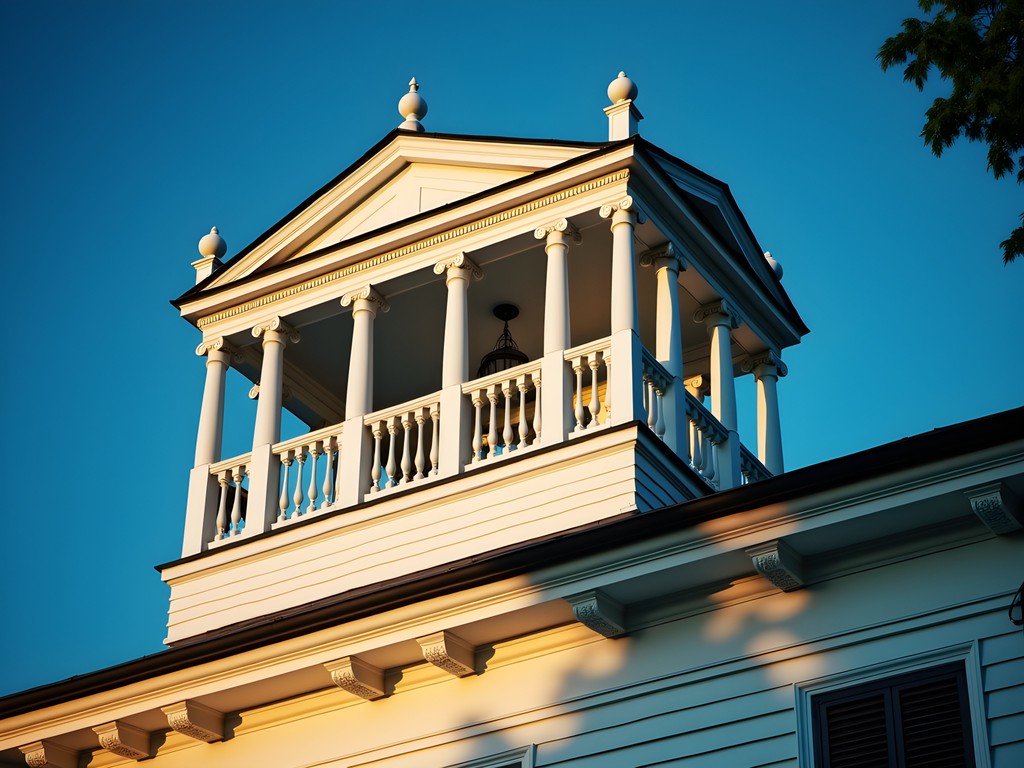
💡 Pro Tips
- Shoot architectural details with side lighting to maximize texture
- Include a color calibration card in one shot to help with white balance in post-processing, as New Bedford's coastal atmosphere can create challenging color casts
- Look for repeating patterns in iron fences, brick courses, and nautical elements incorporated into buildings
Low Budget, High Impact: Photography on a Weekend Timeline
As someone who balances caregiving work with my photography passion, I've become adept at maximizing limited time and resources. New Bedford is perfect for photographers on a budget—many of its most photogenic locations are free or very low cost.
Start by basing yourself at one of the affordable options near the historic district. I stayed at the New Bedford Harbor Hotel, which offers reasonable weekend rates and puts you within walking distance of prime shooting locations. Having a home base close to the harbor meant I could easily return for midday breaks when the light was harsh, then head out again for golden hour.
For gear protection in this maritime environment, I swear by my camera rain cover. Even on clear days, the salt spray near the hurricane barrier can damage equipment, and New England weather is notoriously changeable.
Food costs can add up quickly when traveling, so I pack a collapsible cooler with snacks and lunch options. This allows me to stay out shooting during optimal light without breaking for expensive restaurant meals. That said, don't miss the affordable Portuguese restaurants that reflect the city's fishing heritage—they're both culturally significant and delicious.
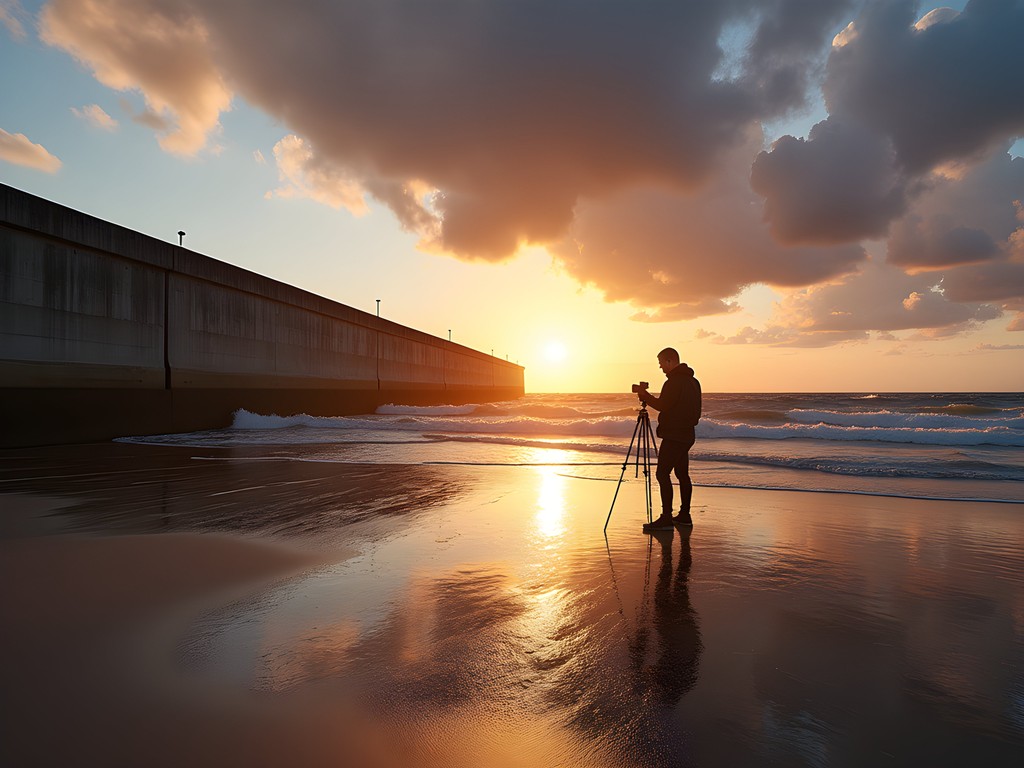
💡 Pro Tips
- The New Bedford Whaling National Historical Park offers free guided tours that provide historical context for your images
- Visit the public library to access their historical photo archives for inspiration before shooting your own images
- Street parking is free on Sundays, perfect for weekend photographers
Final Thoughts
As I packed away my camera backpack on my final evening in New Bedford, watching the fishing fleet head out for another night at sea, I reflected on how this compact city had expanded my photographic perspective. Though far from the open plains and horse cultures that typically draw my lens, New Bedford offered a different kind of vastness—one measured in historical depth rather than horizontal space.
The stories of ambition, industry, immigration, and environmental change are all written in the light that plays across this harbor city. For photographers willing to rise before dawn and engage authentically with both place and people, New Bedford offers visual narratives as compelling as any I've found on the world's great grasslands.
Whether you're documenting the fishing fleet, capturing the quality of light in the historic district, or finding the human stories that connect past to present, bring patience and respect to your process. The resulting images will tell stories far more nuanced than the simplified whaling narrative most visitors expect. I came seeking photographs but left with a deeper understanding of our complex relationship with the sea—a relationship that continues to shape communities like New Bedford across generations.
✨ Key Takeaways
- The best photographic opportunities in New Bedford come at dawn when harbor activity begins and the light is soft
- Engaging respectfully with locals can provide access to authentic shooting opportunities beyond the tourist experience
- The juxtaposition of historic and working elements creates the most compelling visual narratives
📋 Practical Information
Best Time to Visit
June through September
Budget Estimate
$250-400 for a weekend
Recommended Duration
2-3 days
Difficulty Level
Beginner
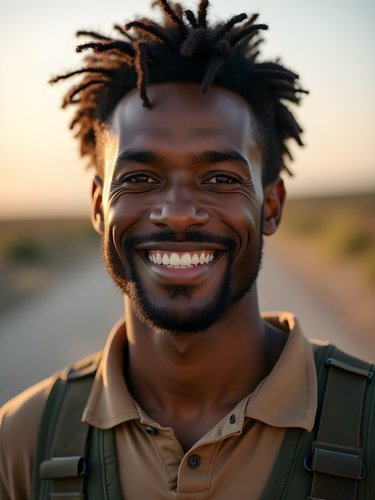
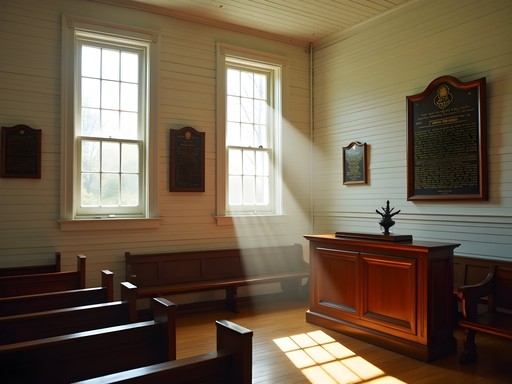





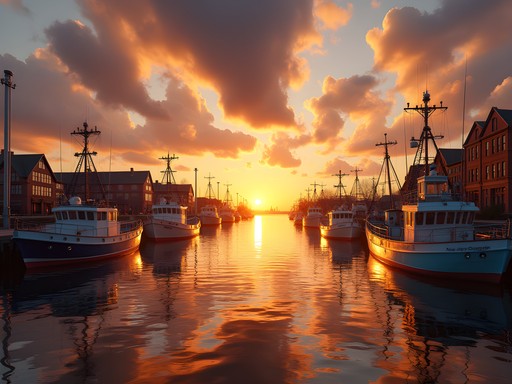

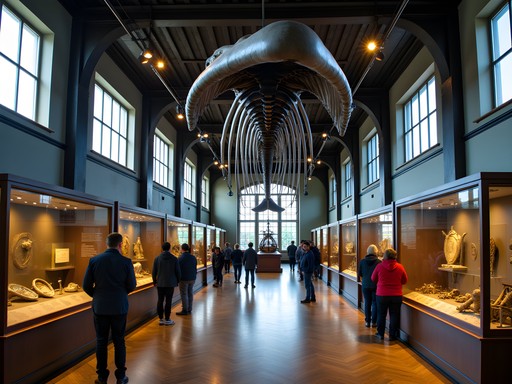





Comments
Savannah Torres
We visited New Bedford last summer with our kids and your guide would have been so helpful! The cobblestone streets in the historic district were a photographer's dream, even for an amateur like me. My 10-year-old daughter actually took some amazing shots with my mirrorless camera on the harbor walk at sunset. One tip for families: the New Bedford Fishing Heritage Center offers a scavenger hunt that keeps kids engaged while you snag those architectural detail shots. Preston, did you make it to Fort Taber Park? We found some incredible vantage points of the harbor there that weren't in your guide.
Preston Campbell
Thanks for the Fort Taber tip, Savannah! I actually ran out of time before getting there, but I've heard great things. Definitely on my list for next time. And that's awesome about your daughter getting into photography!
redtime
The scavenger hunt sounds perfect for my niece and nephew! Thanks for mentioning it.
redtime
Just stunning photos! That shot of the fishing boats at sunset is absolutely magazine-worthy. Adding New Bedford to my must-visit list now!
escapequeen
Great guide! Did you have any issues with lighting when shooting inside the Whaling Museum? I'm heading there next month and debating what lens to bring.
Preston Campbell
The lighting is definitely tricky in there! I found my 24-70mm f/2.8 worked well, but you'll want something that handles low light. The exhibits with the ship models are especially challenging.
escapequeen
Thanks so much! That's exactly what I needed to know. Can't wait to visit!
wintertime4959
Those harbor photos are stunning! Adding New Bedford to my must-visit list.
globevibes
You won't regret it! The whaling museum is worth a visit too, even if you're not into photography.
wintertime4959
Thanks for the tip! Any good food spots you'd recommend?
globevibes
The Portuguese restaurants near the waterfront are amazing - try the seafood stew!
Nicole Russell
Preston, this guide is EXACTLY what I needed! I'm heading to New Bedford next month for a weekend photography trip and was feeling a bit lost on where to focus my time. Your section on 'Low Budget, High Impact' is so practical - I only have 48 hours there and now I have a solid plan! Quick question - did you find early mornings worthwhile for the harbor shots, or is sunset really the prime time? I've got my tripod ready to go for those long exposures you mentioned. Can't wait to try capturing some of those textural contrasts between the old whaling buildings and modern fishing equipment!
Preston Campbell
Nicole, you're going to have a blast! Both times of day offer something special - mornings have this amazing misty quality with fewer people around, while evenings give you those warm golden tones. If you can only pick one, I'd go with sunrise for the harbor - the light hitting the eastern-facing buildings is magical.
Nicole Russell
Perfect! Setting my alarm for sunrise it is! 😊 Thanks for the quick reply!
globevibes
Just got back from New Bedford last week! Your harbor compositions section was spot on - that juxtaposition of working boats against the historical backdrop is incredible. I spent hours just walking the waterfront trying different angles. Wish I'd seen this guide before my trip though - I completely missed some of those architectural details you mentioned in the historic district. Guess I'll have to go back!
Preston Campbell
Thanks for the kind words! The historic district really rewards those who take their time - so many hidden details in those old buildings. Definitely worth a return trip!
globevibes
Will do! By the way, what time of day did you shoot those harbor photos? The lighting is perfect!
Preston Campbell
Most of the harbor shots were taken about an hour before sunset - that golden hour light really brings out the textures in the old boats and buildings!
greenninja
Just got back from New Bedford and followed your harbor composition tips - GAME CHANGER!! Those fishing boats against the old brick buildings create such a mood. Got some of my best portfolio shots ever! The light at sunset hitting the water was exactly as magical as you described. Can't wait to go back in winter when the harbor gets that misty morning look.
Sophia Gomez
Preston, your post couldn't have come at a better time! I'm heading to New Bedford next week for a business trip and was wondering how to make the most of my limited free time with my camera. I love how you structured the post around different areas of focus rather than just listing locations. I stayed at the Fairfield Inn near the harbor last year and found the rooftop offered an unexpected vantage point of the entire waterfront at sunrise. The contrast between the fog lifting off the water and the industrial silhouettes was breathtaking. For anyone with just a few hours, I'd add that the cobblestone streets around the Whaling Museum photograph beautifully after a light rain - the reflections add another dimension to the historic atmosphere.
Preston Campbell
Thanks for the rooftop tip, Sophia! I completely missed that vantage point. Hope your business trip gives you some photography time!
Gregory Boyd
Preston, your section on 'Working Waterfront Narratives' really resonated with me. I've documented port cities worldwide, and New Bedford has a uniquely accessible industrial aesthetic that most working harbors don't offer photographers. The proximity of the historic district to active fishing operations creates storytelling opportunities that are rare elsewhere. I'd add that the Seamen's Bethel interior lighting makes for challenging but rewarding photography - worth bringing a fast lens for those atmospheric shots of the boat-shaped pulpit that inspired Melville. Did you venture inside during your visit?
luckyrider
Just got back from New Bedford yesterday! Wish I'd seen this guide before going. Your shots capture the vibe perfectly.
Venture X
Premium card with 2X miles, $300 travel credit, Priority Pass